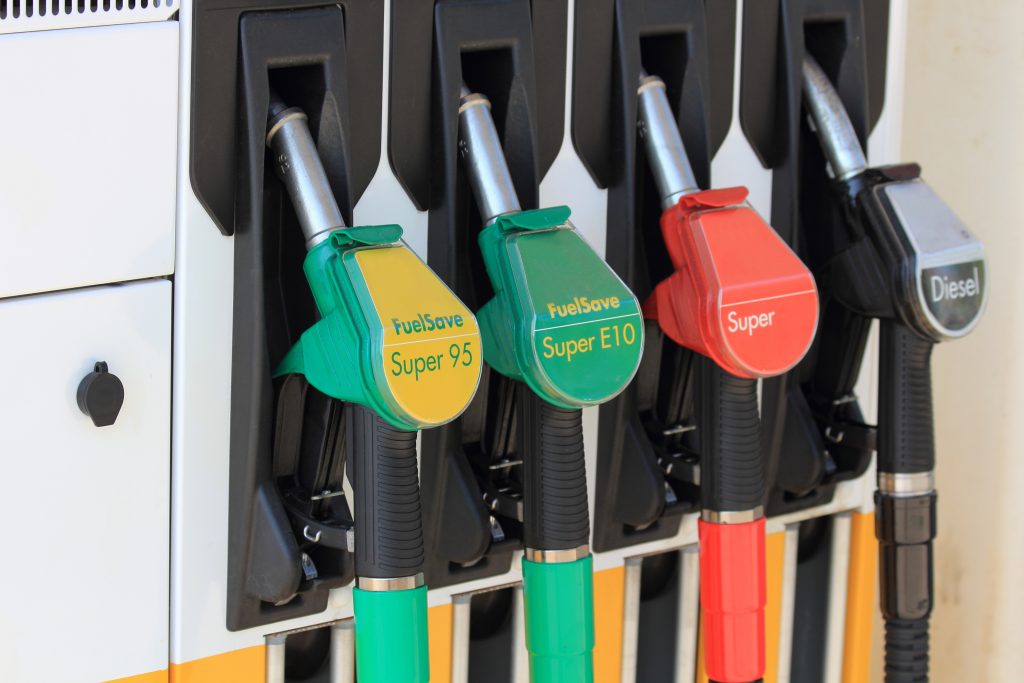RAC analysis has uncovered variation in supermarkets’ fuel prices, with a 14p difference between the cheapest and most expensive fuel at supermarkets.
RAC Fuel Watch found that, after three consecutive months of declining fuel prices, petrol and diesel prices are holding steady at 140.5p and 148.5p respectively, making full tanks £77.24 and £81.73.
In Northern Ireland, however, petrol was at 136.2p by the end of January – 4.2p cheaper than the UK average. Diesel was 3.5p lower at 144.9p, showing drivers are still not being charged a fair price across the whole of the country.
This is further emphasised by Costco pricing its petrol at an average of 130p and diesel at 139.6p. Meanwhile, independently run forecourt Grindley Brook in Whitchurch, Shropshire is only charging 133.9p for petrol – nearly 7p less than the UK average.
The cheapest supermarkets to buy fuel
Analysing the prices charged by the big four supermarkets that dominate UK fuel retailing via the Government’s voluntary price reporting scheme, the RAC has found that wildly different prices are being charged from place to place.
On 31 January, there was a 14p difference between the cheapest supermarket fuel and the most expensive. The cheapest litre of unleaded found by the RAC was sold by Sainsbury’s for 131.9p in Oxford and Newport, with the most expensive being Morrisons at 145.9p in Exeter and Ipswich.
The average difference between a litre of petrol at a supermarket was 11.6p; Tesco had the smallest gap – 8p – between its low of 138.2p and its high of 142.9p.
For diesel, there was a spread of more than 14p between Sainsbury’s forecourts in Oxford and Newport, which were charging 139.9p, and Bath, which was charging at 153.9p. The average spread between supermarkets’ high and low diesel was 11.3p.
RAC fuel spokesperson Simon Williams said: “While petrol is at its lowest point for well over two years, January unfortunately brought an end to three consecutive months of falling prices at the pumps.
“It is still concerning to see that fuel remains considerably cheaper in Northern Ireland and that the supermarkets are charging wildly different prices for identical petrol and diesel at different locations around the UK.
“The data retailers are voluntarily providing to the Competition and Markets Authority (CMA) have shed a whole new light on the pump price postcode lottery. It seems blatantly wrong to us that the very same petrol or diesel can vary in price by as much as 14p per litre, depending on where drivers are filling up.
“Hopefully, this will be addressed by the new price monitoring body recommended in the CMA’s report when it’s eventually set up, along with ‘rocket and feather’ pricing where retailers are too slow at passing on the savings from lower wholesale prices to their forecourts. We really can’t afford to have a repeat of 2022 where the CMA concluded drivers had been overcharged by major retailers to the tune of £900m. The question is how soon such a body is realistically going to be established, especially with a general election on the horizon.”
This analysis follows the proposal in January that retailers share updates on fuel prices within 30 minutes.

